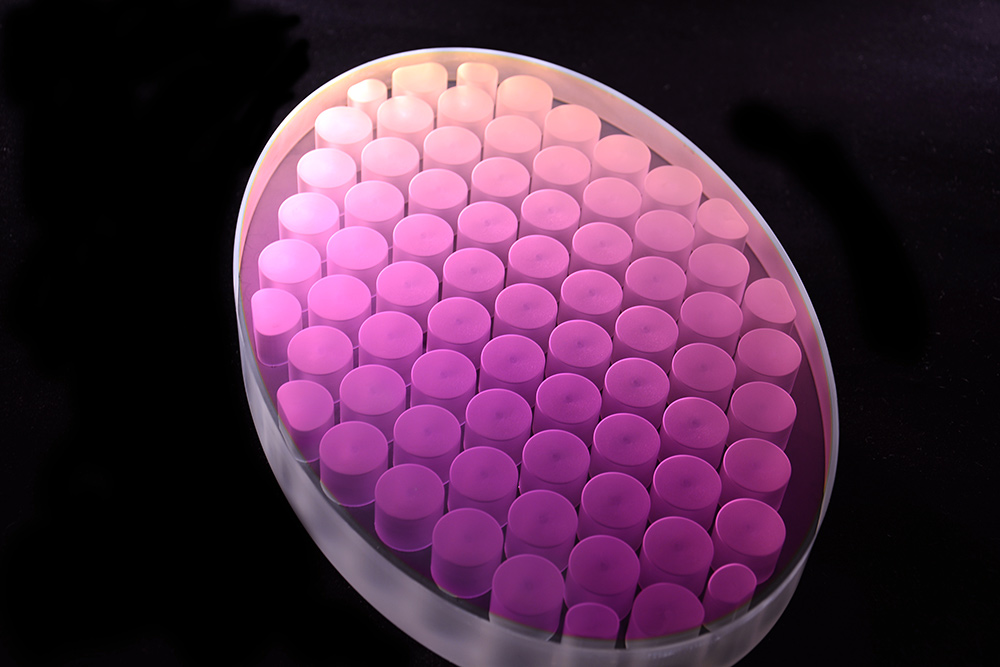Thin film nucleation and growth

Thin film nucleation and growth are the core steps in coating technology. The nucleation stage involves the formation of tiny nuclei of the deposited material on the surface of the substrate, which is affected by temperature, atmosphere and other factors; the growth stage is the process of gradual thickening of the deposited material around the nucleation point to form a complete film, which is controlled by the deposition conditions. Understanding and optimizing these two processes is crucial for regulating the quality, thickness and structure of the film, providing fundamental support for the research and application of coating technology.
What is film nucleation?
Thin film nucleation refers to the process in which atoms, molecules or ions of the deposited material accumulate on the surface of the substrate to form tiny nuclei or starting points during the coating process. Nucleation is the initial stage of film formation and has a significant impact on the final morphology, structure and properties of the film. The nucleation process is usually influenced by factors such as temperature, atmosphere, substrate surface energy, and surface treatment. The nucleation sites then serve as the growth core of the film, which gradually expands during the growth process to form the complete film structure.
Unlike bulk materials, the physical properties of thin films are closely related to the film-substrate interfacial interactions. This means that the nucleation and growth of thin films play a key role in determining the structural and morphological properties of the obtained materials. Nucleation is a process in which atomic nuclei act as templates for the growth of solid-state materials.
This phenomenon is usually categorized as homogeneous nucleation occurring during the formation of nuclei within the main initial phase and non-homogeneous nucleation at structural inhomogeneities (e.g., reactor surfaces, substrate surfaces, or solid impurities). Although the concept of nucleation formation was investigated in the early 1920s, the field continues to fascinate the research community with new theoretical models, in-situ advanced characterization techniques, and new surface engineering techniques to control the nucleation and growth of thin films.
Indeed, nanoscale thin films and patterning are now becoming critical in technologies such as electronics, energy conversion and storage, sensors and biomedical devices. Scientific and technological advances in these areas require a deeper understanding and manipulation of surface treatments at the earliest steps of material formation. A prime example is the emerging field of area selective deposition (ASD), which involves inhibiting the nucleation mechanism to avoid deposition on one area of a surface while allowing the formation of the desired thin film in an adjacent area.
Applications in thin film nucleation and growth
The understanding and control of the different aspects involved in the nucleation and growth of thin films plays an important role in many modern applications. The relative importance of the surface energy of the nucleus versus the surface energy of the substrate plays a key role in determining the growth mode of the thin film. Surface engineering techniques such as mechanical polishing/scraping, wet chemistry, thermal annealing, plasma treatments, etc. can be effective in inducing surface defects. These surface treatments will reduce the surface energy and thus increase the nucleation density. In general, film properties are strongly influenced by the nucleation process.
Due to the nucleation process, one can easily observe changes in the crystal structure and morphology of the deposited films. For example, films with large grain sizes and high roughness are usually obtained with low nucleation densities, while small grain sizes and smooth films correspond to high nucleation densities. Notably, crystal structure and morphology can have a significant impact on the mechanical, electrical, and optical properties of a material. For example, the hardness, ductility, and strength of a material depend greatly on its crystal structure and morphology. Similarly, the optical properties of a material (e.g., transparency or color) are affected by its crystal structure and morphology.
In addition to crystal structure and morphology, the nucleation process affects other physical properties of the material, such as its thermal and electrical conductivity and magnetic properties. For example, the formation of a homogeneous crystal structure during nucleation can increase thermal and electrical conductivity, while the formation of an inhomogeneous crystal structure can lead to an increase in electrical resistance and a decrease in thermal and electrical conductivity. Therefore, controlling the nucleation process is essential to determine the final properties of the film.
One of the latest developments and most attractive areas related to the control of thin film nucleation, namely ASD, is an emerging area of research that involves not only advanced deposition and characterization techniques, but also an in-depth understanding of what is happening on the surface of the substrate, i.e., the interactions between the gaseous precursor molecules and the surface functional groups. Area-selective nucleation of thin films can be achieved by a variety of techniques, ranging from the use of inhibitor molecules to the combination with area-selective etching (ASE), opening up unique tools for the design and fabrication of complex nanostructures and devices.
We offer Coating (micro- and nanofabrication) process customization services, Feel free to leave a message to inquire.
Related Reading
Electron Beam Evaporation Coating (EB-PVD) Processes and Advantages and Disadvantages
Processes and Advantages of Electron Beam Evaporation Coating (EB-PVD) Electron Beam
Physical Vapor Deposition (PVD) Classification, Characteristics, and Applications
Classification, Characteristics, and Applications of Physical Vapor Deposition (PVD) Physical Vapor

.jpg)